
Dear AAWR Member, I invite you to turn to "Portraits from AAWR" for answers to questions about a career in radiology, and the balancing act between the family and the professional life. I hope you will find this collection to be informative, entertaining, and heartwarming. I have been inspired by the wonderful words of wisdom from these accomplished women radiologists and I promise that so will you. Happy reading! Please send us your comments related to this anthology. If you would like to share your own story, please contact our office at aawr@acr.org to receive an entry template. *Compiled by Katarzyna J. Macura, MD, PhD, 2005 President of AAWR |
|
Ristuko Komaki, MD, FACR
Teacher, Researcher, and Clinician I am a Professor of Radiation Oncology and Gloria Lupton Tennison Distinguished Endowed Professor for the Lung Cancer Research at the University of Texas M.D. Anderson Cancer Center in Houston, Texas. I was the AAWR President 2001 and have received the Marie Sklodowska-Curie Award in 2005. I have also, received an award medal-commemorating centenary of discovery of Radium from the Society in Tribute to Maria Sklodowska-Curie. This award was given to me based on my activity promoting achievements of Marie Sklodowska-Curie and personal achievements in Radiation Oncology on August 24, 2006. I was raised in Hiroshima where I met Ms. Sadako Sasaki at age 10-years-old who developed acute granulocytic leukemia due to the exposure from the Atomic Bomb at her infancy. Sadako’s death at 11 years old triggered my decision to become researcher and physician of malignancy. I have worked with Sadako’s older brother and classmates to create “ the Sadako’s Memorial Statue” which is standing at the Peace Memorial Park in Hiroshima where thousands of origami crane birds have been sent from all over the world to pray the Peace in the World. The Origami Crane is the symbol of “Happiness and Longevity” and that we will recover from illness and tragedy if we fold one thousand of Origami Cranes. I still teach 10 th or 11 th grade school children about Sadako and how to fold Origami Cranes. Sadako’s legacy lives in me and the AAWR has recognized my legacy, which I deeply appreciated. What has changed about your career and self-perception since you were younger? When I faced Sadako’s death due to Leukemia when she and I were at age of 11 years old, this event has changed my perception of the life of human beings. Ms. Sadako Sasaki was one of my friends at the elementary school and we used to compete for running in the fall athletic meeting. She became short of breath and was found to have Acute Granulocytic Leukemia, which was most likely caused by the exposure of Atomic Bomb when she was an infant. I would like to give a message to younger generation that we should not repeat the war and we all have to give up the nuclear weapons. Incredible number of people would be suffered by more recent nuclear weapons, which would not be due to only immediate death, but also deaths due to malignancies and cardio/vascular effects due to the exposure to the radiation several years to forever after the exposure. The other message to younger generation is that when we face any tragedy, we have to think about how to turn around to make it better or positive. We did not want to waste Sadako’s death. We wanted to do something for positive, so she would have been proud of us. Who had the biggest influence on your career? My parents had the biggest influence on my career. My parents have lost everything due to the Atomic Bomb in Hiroshima except their children and their own lives. They told me that education was the only one thing they could give us, since they were so poor financially. Both of my parents were well-educated couple in a different way. My father was self-taught person from a family of Sake Brewery and among 12 children He was the youngest child and his father died when he was 10 years old. He supported himself to go to the Kyoto University, which is one of the most prestigious Universities in Japan. He had been on the way to be the top of CEO in one of conglomerate companies, but the second war made him to change his job to help his family in Hiroshima. On the other hand, my mother came from Samurai family. Her father was well known was the member of the cabinet in the Agriculture, then a secretary of the Mr. Asano who was the Lord of Hiroshima prefecture. My mother read all European and Asian histories by 7 years old and was supported by maids and secretaries for her father. The second war and A-Bomb have changed my parents’ life tremendously, but influenced my thinking and career development as well as my fiend’s death.
Back row, from the left-hand side: Charles Washington (Director of the Radiation Oncology Clinical Operation, MDACC), Mitch Latinkic (Senior Administrative Director of Radiation Oncology at MDACC), Michael Gillin, Ph.D. (Deputy Chair of Medical Physics at MDACC), and James D. Cox. M.D. (Head of Radiation Oncology, MDACC, Husband of Dr. Komaki), Kasia Macura, M.D., Ph.D. (President of AAWR). Front row, from the left-hand side: Zhongxing Liao, M.D. (AAWR Chair of Radiation Oncology who nominated Dr. Komaki to receive the AAWR MSC award), Lena Tang (Administrative assistant at the Proton Center), Ritsuko Komaki, M.D. (AAWR MSC award recipient), Nancy Ellerbroeck, M.D. (AAWR President elect), Jang Zhang, M.D. (Post-doc fellow at MDACC from Beijing supported by RSNA research grant and AAWR international member) and Janet Strife, M.D. (recipient of AAWR Alice Ettinger Award). Ritsuko Komaki , MD, FACR is Professor of Radiation Oncology and Gloria Lupton Tennison Distinguished Endowed Professor for the Lung Cancer Research at the University of Texas M.D. Anderson Cancer Center in Houston. Kathleen A. Ward, MD, FACR
| Karen L Reuter, MD, FACR
|

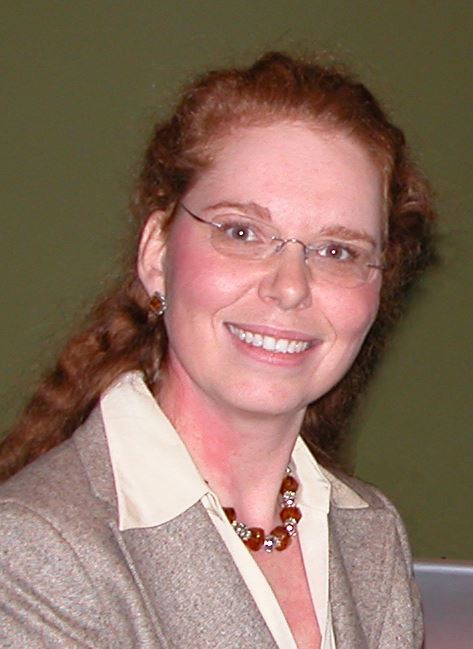
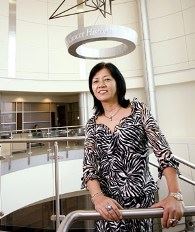
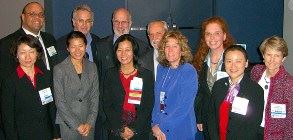
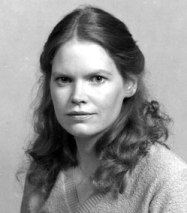 Kathleen A Ward, MD, FACR
Kathleen A Ward, MD, FACR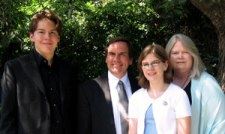 While we radiologists face turf issues from competing medical specialties, medical malpractice crises, as well as increasing insurance company demands and government regulation in the face of diminishing reimbursement, we must remember that we are fortunate to be able to practice in a specialty where the day is never dull and in a field in which we continue to learn and grow. Many years ago, I wrote an article for the AAWR focus regarding having it all. I firmly believe we can still have it all; one only has to look to our many women colleagues in radiology for proof.
While we radiologists face turf issues from competing medical specialties, medical malpractice crises, as well as increasing insurance company demands and government regulation in the face of diminishing reimbursement, we must remember that we are fortunate to be able to practice in a specialty where the day is never dull and in a field in which we continue to learn and grow. Many years ago, I wrote an article for the AAWR focus regarding having it all. I firmly believe we can still have it all; one only has to look to our many women colleagues in radiology for proof.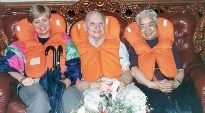

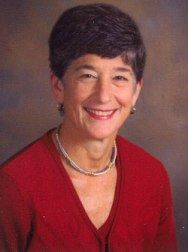 Kay H Vydareny, MD, FACR
Kay H Vydareny, MD, FACR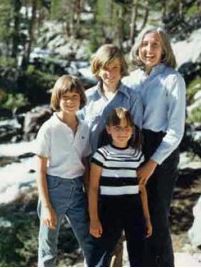
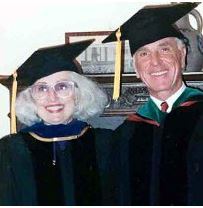 What are the challenges for the profession?
What are the challenges for the profession?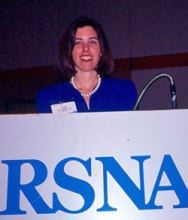 Lynne Steinbach, MD, FACR
Lynne Steinbach, MD, FACR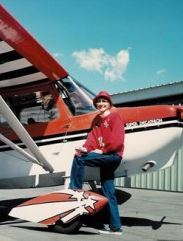 Peggy J. Fritzsche, MD FACR
Peggy J. Fritzsche, MD FACR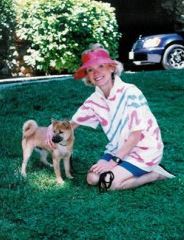
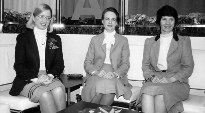 Carol M Rumack, MD, FACR
Carol M Rumack, MD, FACR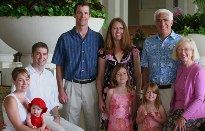 When I informed my chair in 1981, that I was going to be the first president of the AAWR, he was very supportive of my involvement. When I tried to have a meeting of the women faculty and residents to encourage them to join the AAWR, they were afraid to be identified with a woman’s organization. One of my very senior woman mentors at that time, advised me that it would be unwise to form the AAWR as women’s organizations are seen as inferior. The AAWR steering committee deliberated for a full day at the Drake Hotel during RSNA and decided that we would risk forming this organization. The RSNA Board, executive director, and many chairmen were very supportive right from the very beginning. Those who come to mind were Dr. Ted Tristan, editor of Radiology, Dr. McCort, President of RSNA, Dr. Tom Harle, chair of the RSNA program committee and Dr. Hauser, chair of the Refresher course committee. Dr. Helen Redman, organizer of these first meetings became RSNA Program chair by Dr. Harle’s nomination.
When I informed my chair in 1981, that I was going to be the first president of the AAWR, he was very supportive of my involvement. When I tried to have a meeting of the women faculty and residents to encourage them to join the AAWR, they were afraid to be identified with a woman’s organization. One of my very senior woman mentors at that time, advised me that it would be unwise to form the AAWR as women’s organizations are seen as inferior. The AAWR steering committee deliberated for a full day at the Drake Hotel during RSNA and decided that we would risk forming this organization. The RSNA Board, executive director, and many chairmen were very supportive right from the very beginning. Those who come to mind were Dr. Ted Tristan, editor of Radiology, Dr. McCort, President of RSNA, Dr. Tom Harle, chair of the RSNA program committee and Dr. Hauser, chair of the Refresher course committee. Dr. Helen Redman, organizer of these first meetings became RSNA Program chair by Dr. Harle’s nomination.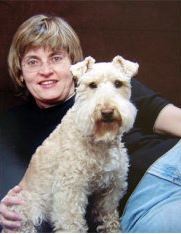 Sandra K Fernbach, MD
Sandra K Fernbach, MD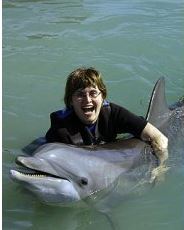 The free time that comes with part time employment is also a boon. More time to do things that I enjoy, which may vary with the season and what’s happening in Chicago: a realization that each time slot does not have to be stuffed full.
The free time that comes with part time employment is also a boon. More time to do things that I enjoy, which may vary with the season and what’s happening in Chicago: a realization that each time slot does not have to be stuffed full. Melissa L. Rosado de Christenson, MD, FACR
Melissa L. Rosado de Christenson, MD, FACR exposed to outstanding educators such as David Hartman, John Madewell and Joel Lichtenstein during my second year of medical school and decided to become a radiologist. How could I choose any other specialty? There were 28 members of the Charter Class of USUHS. I received immense encouragement and support from the USUHS radiology faculty when I announced my intention to pursue radiology. I was the only military resident selected for civilian training the year I started my residency. I received excellent training and continue to learn each day from my colleagues, my residents and my students. If I had to do it all over again, I would again embrace diagnostic radiology as my specialty.
exposed to outstanding educators such as David Hartman, John Madewell and Joel Lichtenstein during my second year of medical school and decided to become a radiologist. How could I choose any other specialty? There were 28 members of the Charter Class of USUHS. I received immense encouragement and support from the USUHS radiology faculty when I announced my intention to pursue radiology. I was the only military resident selected for civilian training the year I started my residency. I received excellent training and continue to learn each day from my colleagues, my residents and my students. If I had to do it all over again, I would again embrace diagnostic radiology as my specialty.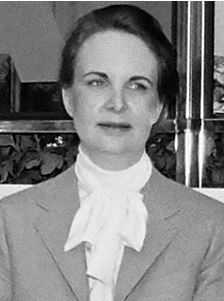 Linda Meyers Fahr, MD, FACR
Linda Meyers Fahr, MD, FACR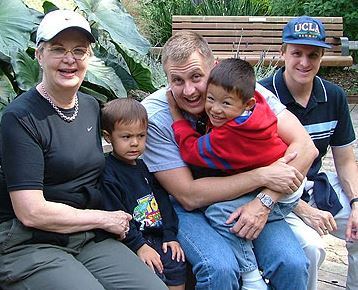 I am proud of my two sons, ages 36 and 38, with their PhDs in chemistry (pharmaceutical) and economics. My grandsons are ages 3 and 6 years. Recently, I have begun to look forward to retirement and learning a lot of new things. It has been a great life!
I am proud of my two sons, ages 36 and 38, with their PhDs in chemistry (pharmaceutical) and economics. My grandsons are ages 3 and 6 years. Recently, I have begun to look forward to retirement and learning a lot of new things. It has been a great life!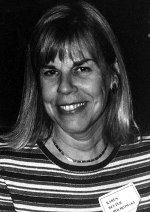 Karen L. Reuter, MD, FACR
Karen L. Reuter, MD, FACR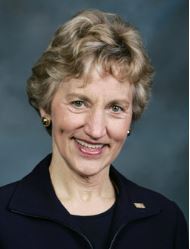 Sarah S. Donaldson, MD, FACR
Sarah S. Donaldson, MD, FACR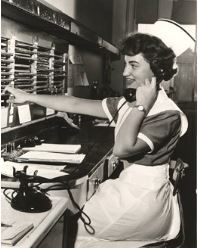 Having a supportive, and successful mentor was my good fortune. Dr. Fletcher gave me my first job after my graduation from nursing school. He became my mentor, soul mate, and enduring friend. Recognizing that Dr. Fletcher was behind my own successes every step of the way influenced me to do the same for those students, residents, and junior faculty I might encounter along my journey.
Having a supportive, and successful mentor was my good fortune. Dr. Fletcher gave me my first job after my graduation from nursing school. He became my mentor, soul mate, and enduring friend. Recognizing that Dr. Fletcher was behind my own successes every step of the way influenced me to do the same for those students, residents, and junior faculty I might encounter along my journey.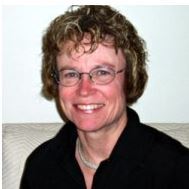 Linda K. Olson, MD, FACR
Linda K. Olson, MD, FACR
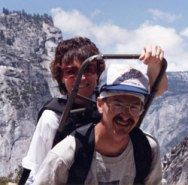 What would be your most important advice to your junior colleague?
What would be your most important advice to your junior colleague?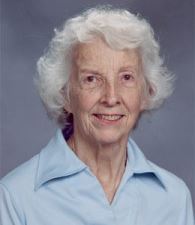 Barbara L Carter, MD, FACR
Barbara L Carter, MD, FACR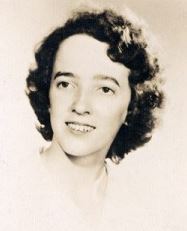 images with frozen sections made by our anatomist. These sections were x-rayed in our department across the street, which were conveyed on trays obtained from the dinning room. Potholes in the street caused a spillage of the frozen sections, which was of concern because traffic was going by - possibly conveying a policeman or a reporter. It was not prudent at that time to be throwing body sections into the street. Despite these another incidents it was a fascinating time to actually see the pancreas, liver, kidneys, uterus, ovaries, heart chambers, brain, even ossicles in the middle ear. It was a fascinating, exciting time and a unique opportunity to teach residents and students and to be able to share all the findings with our colleagues here in Boston and around the country. I was then able to present our findings to ENT radiologists in Europe at an international meeting, many of whom had not heard about or knew very little about CT scanning. What a wonderful specialty - Radiology!
images with frozen sections made by our anatomist. These sections were x-rayed in our department across the street, which were conveyed on trays obtained from the dinning room. Potholes in the street caused a spillage of the frozen sections, which was of concern because traffic was going by - possibly conveying a policeman or a reporter. It was not prudent at that time to be throwing body sections into the street. Despite these another incidents it was a fascinating time to actually see the pancreas, liver, kidneys, uterus, ovaries, heart chambers, brain, even ossicles in the middle ear. It was a fascinating, exciting time and a unique opportunity to teach residents and students and to be able to share all the findings with our colleagues here in Boston and around the country. I was then able to present our findings to ENT radiologists in Europe at an international meeting, many of whom had not heard about or knew very little about CT scanning. What a wonderful specialty - Radiology!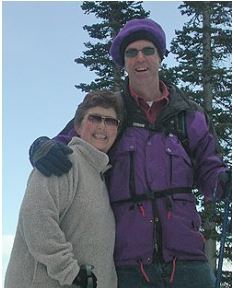 B.J. Manaster, MD, PhD
B.J. Manaster, MD, PhD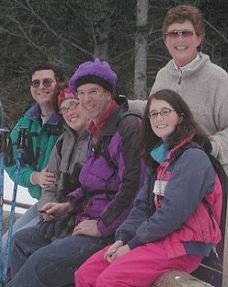 What do you like most about your current life/career?
What do you like most about your current life/career?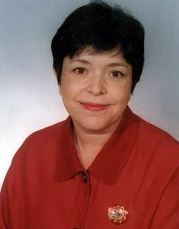 M. Ines Boechat, MD, FACR
M. Ines Boechat, MD, FACR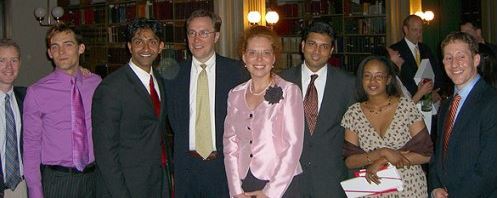
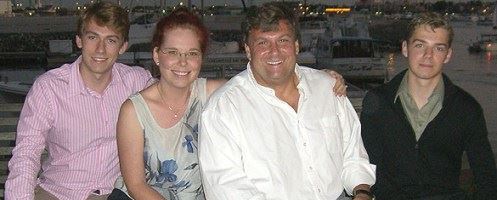
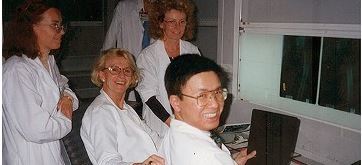
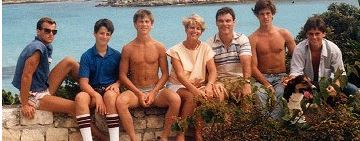
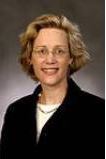 Kimberly E. Applegate, MD, MS, FACR
Kimberly E. Applegate, MD, MS, FACR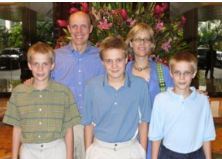
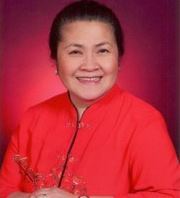 Teresita L. Angtuaco, MD, FACR
Teresita L. Angtuaco, MD, FACR